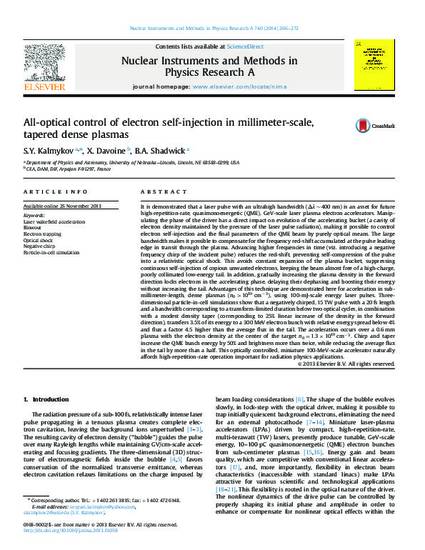
It is demonstrated that a laser pulse with an ultrahigh bandwidth (400 nm) is an asset for future high-repetition-rate , quasimonoenergetic (QME), GeV-scale laser plasma electron accelerators. Manipulating the phase of the driver has a direct impact on evolution of the accelerating bucket (a cavity of electron density maintained by the pressure of the laser pulse radiation), making it possible to control electron self-injection and the final parameters of the QME beam by purely optical means. The large bandwidth makes it possible to compensate for the frequency red-shift accumulated at the pulse leading edge in transit through the plasma. Advancing higher frequencies in time (viz. introducing a negative frequency chirp of the incident pulse) educes the red-shift, preventing self-compression of the pulse into a relativistic optical shock. This avoids constant expansion of the plasma bucket, suppressing continuous self-injection of copious unwanted electrons, keeping the beam almost free of a high-charge, poorly collimated low-energy tail. In addition, gradually increasing the plasma density in the forward direction locks electrons in the accelerating phase, delaying their dephasing and boosting their energy without increasing the tail. Advantages of this technique are demonstrated here for acceleration in sub-millimeter-length, dense plasmas, using 100-mJ-scale energy laser pulses. Three-dimensional particle-in-cell simulations show that a negatively chirped, 15TW pulse with a 20 fs length and a bandwidth corresponding to a transform-limited duration below two optical cycles, in combination with a modest density taper (corresponding to 25%linear increase of the density in the forward direction), transfers 3.5% of its energy to a 300 MeV electron bunch with relative energy spread below 4% and flux a factor 4.5 higher than the average flux in the tail. The acceleration occurs over a 0.6mm plasma with the electron density at the center of the target n_0 = 1.3 10^19 cm^-3. Chirp and taper increase the QME bunch energy by 50% and brightness more than twice, while reducing the average flux in the tail by more than a half. This optically controlled, miniature100-MeV-scale accelerator naturally affords high-repetition-rate operation important for radiation physics applications.
- Laser wakefield acceleration,
- Blowout,
- Electron trapping,
- Optical shock,
- Negative chirp,
- Particle-in-cell simulation.
Available at: http://works.bepress.com/serguei_kalmykov/41/
